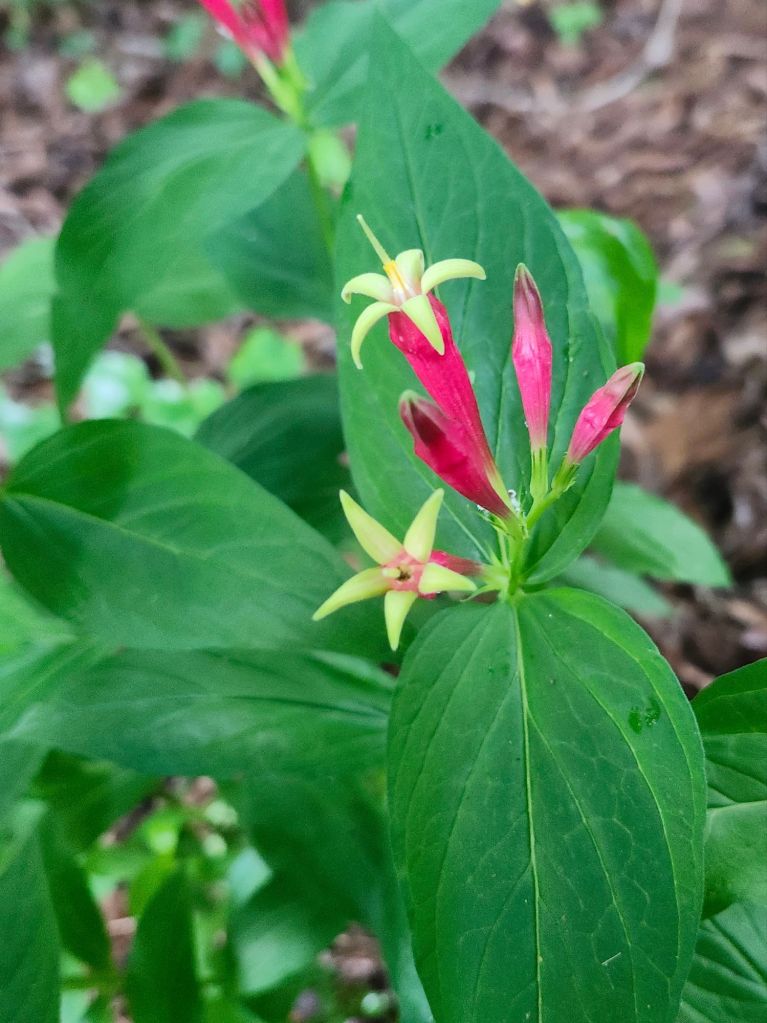The carryover of spring’s lushness in the garden continues late into June, but there is little doubt that it will soon decline with the heat of summer. The degree to which brilliant colors fade and browned edges creep in largely depends on rainfall, but even in the wettest summer, the garden changes.


Already, several plants in the rock garden (above) show stress from higher heat and small amounts of rain as storms narrowly bypass the garden. The young rock garden plants should be watered occasionally until deep roots are established in the gravelly soil, but most are doing fine with the amount nature provides. In any case, I’m still learning which plants will thrive in this climate, and with my inattention.

While my impression is that there are fewer flowers, a stroll through the garden proves me wrong. Despite the typical winter dieback, most of the mophead hydrangeas (Hydrangea macrophylla, above) have abundant flowers. There are, I think, a few too many as I tested various introductions through the years. A few poor performers have been pulled out, with more to go, I suspect.



Oakleaf (Hydrangea quercifolia, above) and smooth hydrangeas (Hydrangea arborescens, below) are most dependable to flower except in deep shade. Unquestionably, oakleafs are the favorites of neighborhood bees.

While I focus on foliage textures, there will be many flowers to enjoy through the summer months and into early autumn. Summer’s heat will bring a few rough edges, but with much of the garden shaded, I expect it to keep looking good even without irrigation.

I wonder how our choices of plantings will change over the next decade, if our summers continue to be scorchers. I now consider which plants are most likely to survive in droughts when making decisions about which perennials to buy. I appreciate you showing us how your plants are doing in extreme heat. Well done!
Substantial rainfall overnight has eased concerns, but I worry very little about drought tolerance while selecting plants. Certainly, there are alpine plants that will not tolerate our summer heat, but most plants are very adaptable. If grown with only natural rainfall, I suspect that more extensive roots are developed.